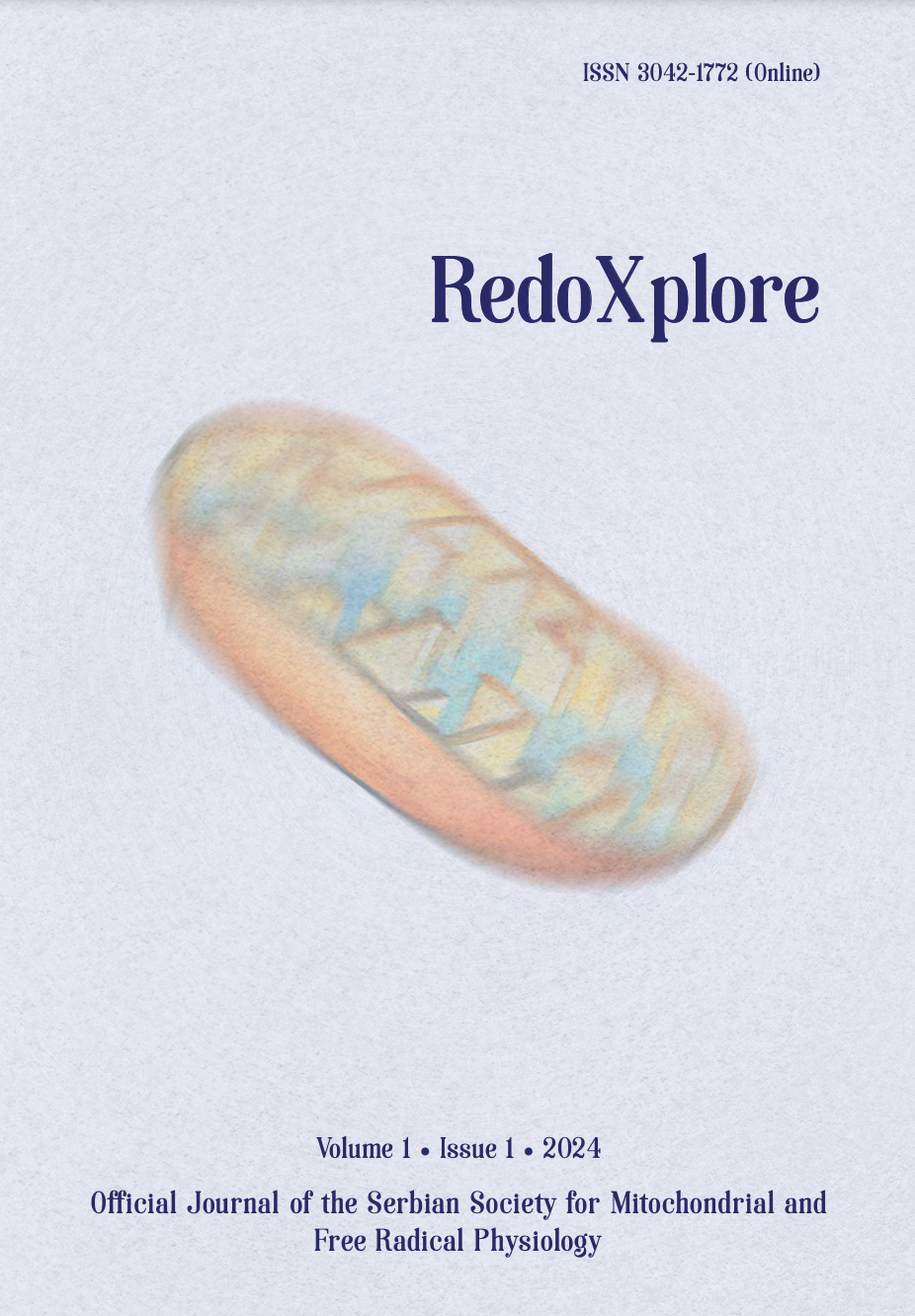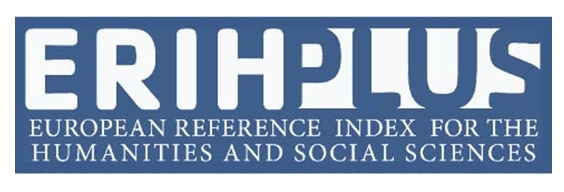Current issue

Volume 1, Issue 1, 2024
Online ISSN: 3042-1772
Volume 1 , Issue 1, (2024)
Published: 29.08.2024.
Open Access
All issues
Contents
29.08.2024.
Professional paper
PREDICTIVE VALUE OF TOTAL OXIDANT STATUS AND TOTAL ANTIOXIDANT STATUS IN NON-ALCOHOLIC FATTY LIVER DISEASE
According to global epidemiology, non-alcoholic fatty liver disease (NAFLD) is the most common chronic liver disease, affecting about a quarter of the adult population worldwide. NAFLD is characterised by the accumulation of triglycerides in hepatocytes (steatosis), which can progress to non-alcoholic steatohepatitis, a more severe form of NAFLD. Oxidative stress is closely linked to the disease progression due to the activation of inflammatory pathways. The aim of this study was to identify markers of redox status that could predict the risk of developing steatosis. The study included 179 participants who underwent ultrasound examination at University Medical Centers Zemun and Zvezdara. Participants were divided into two groups: 119 patients with steatosis and 60 apparently healthy controls (control group, CG). Biochemical markers as well as markers of redox status: total oxidant status (TOS) and total antioxidant status (TAS) were determined in serum spectrophotometrically on biochemical analysers. Univariate and multivariate binary logistic regression analyses were used to test the predictions of TOS and TAS for NAFLD. Patients had higher body mass index (P<0.001), glucose (P<0.001), uric acid (P<0.001), TOS (P=0.007), and TAS (P<0.001) levels compared to CG. Univariate binary regression analysis revealed significant predictive capability of TOS and TAS for NAFLD demonstrated by the following ORs: 1.104 (1.020-1.195) (P=0.014) and 1.003 (1.001-1.004) (P<0.001), respectively. After applying multivariate binary logistic regression analyses (adjustments were made for sex and BMI), TOS and TAS kept independent significant predictive capability for NAFLD, as demonstrated by the following ORs: 1.098 (1.009-1.195) (P=0.030) and 1.002 (1.000-1.003) (P=0.026), respectively. TOS and TAS are positively associated with the risk of developing NAFLD, independent of sex and BMI. Both markers are elevated, probably because increased oxidative activity requires a stronger antioxidant defence response, which should be confirmed by a follow-up study including more participants.
Sanja Erceg, Jelena Kotur-Stevuljević, Ratko Tomašević, Miloš Mitrović, Milica Mamić, Ana Ninić





